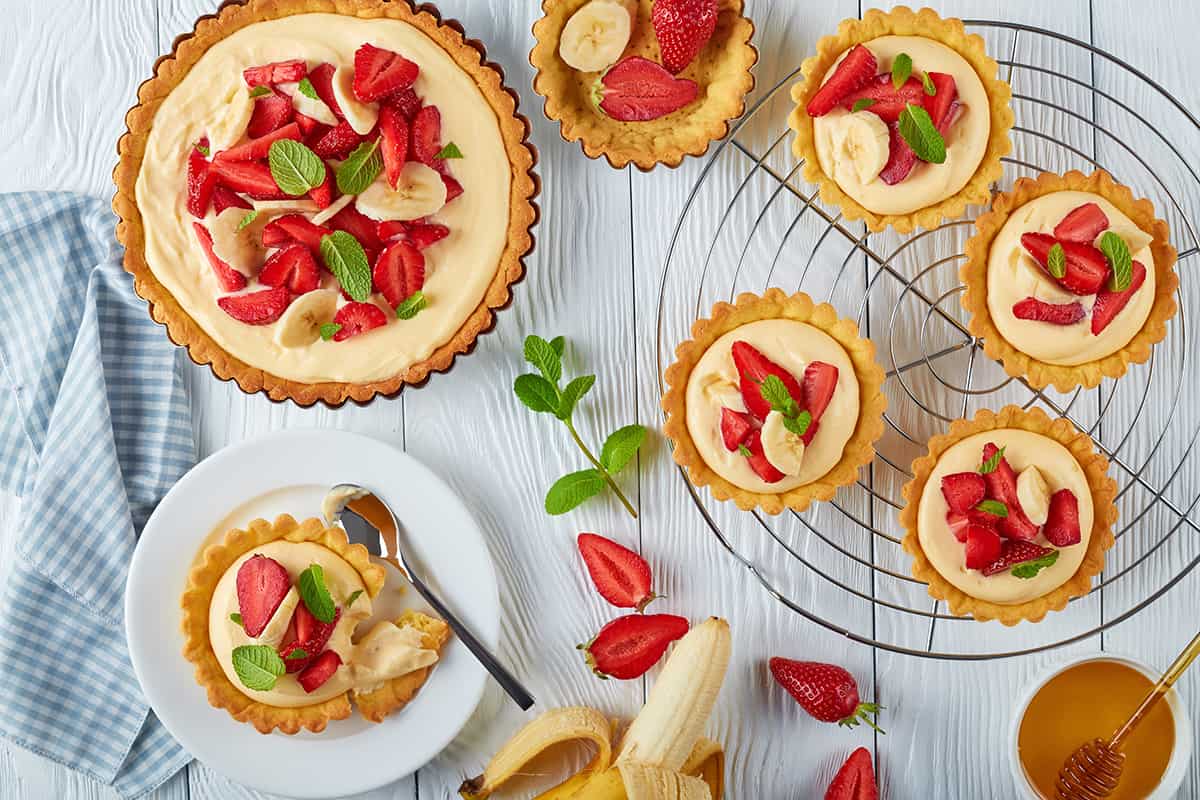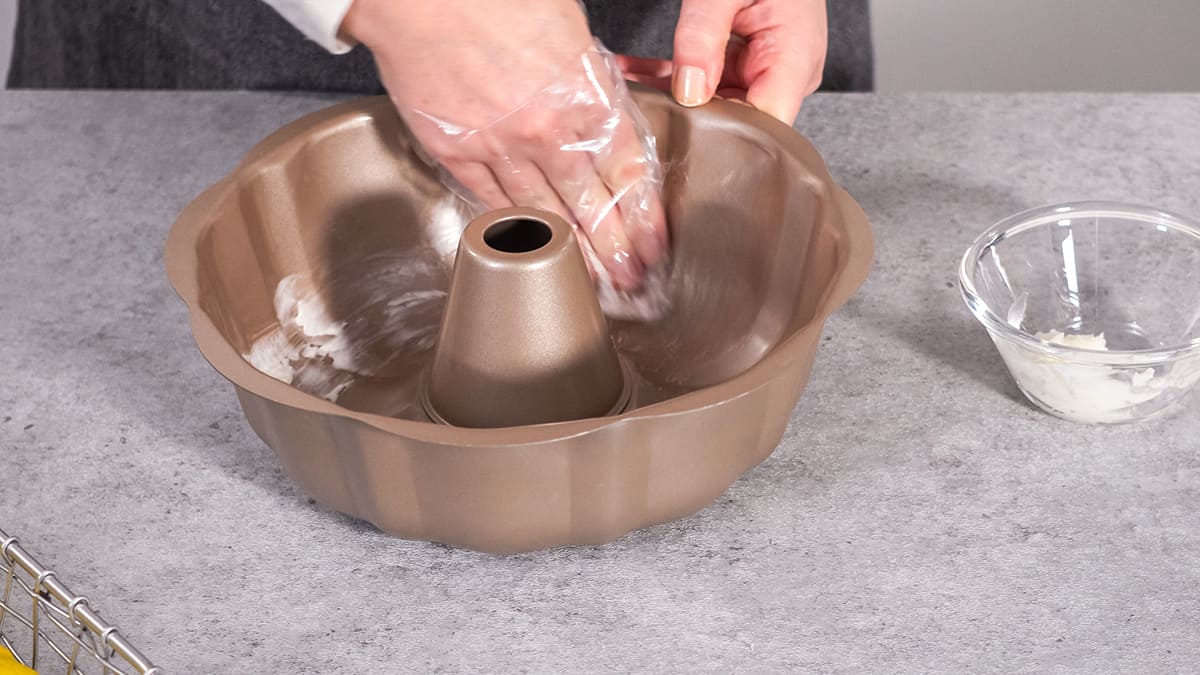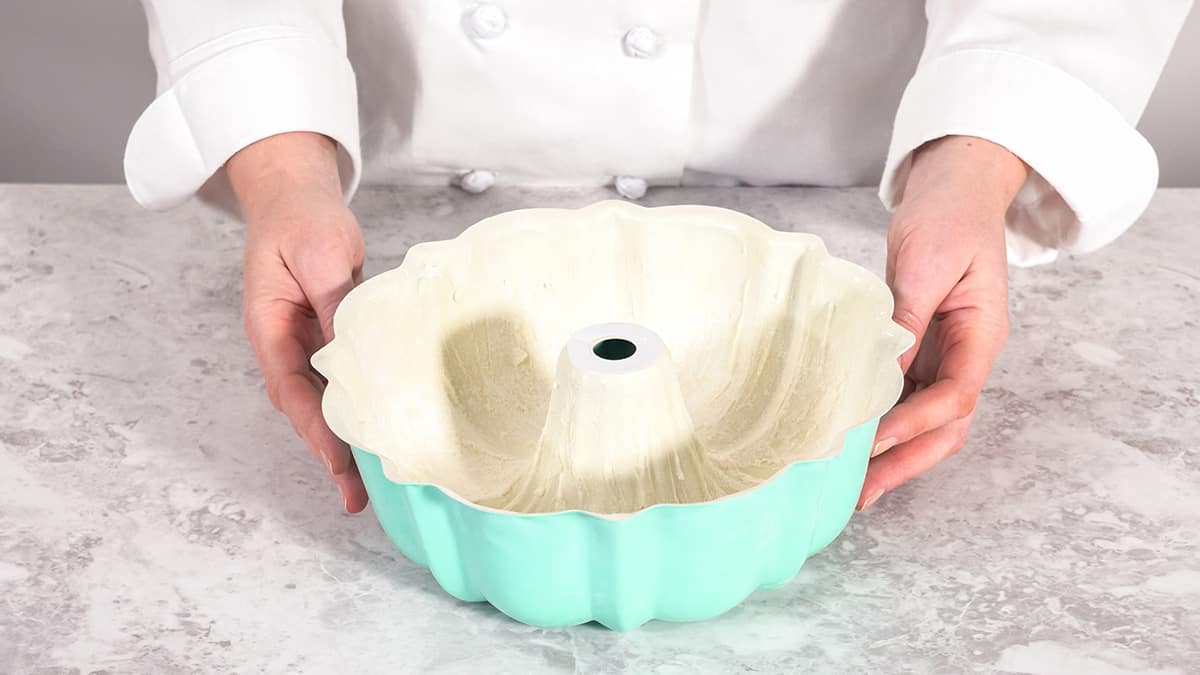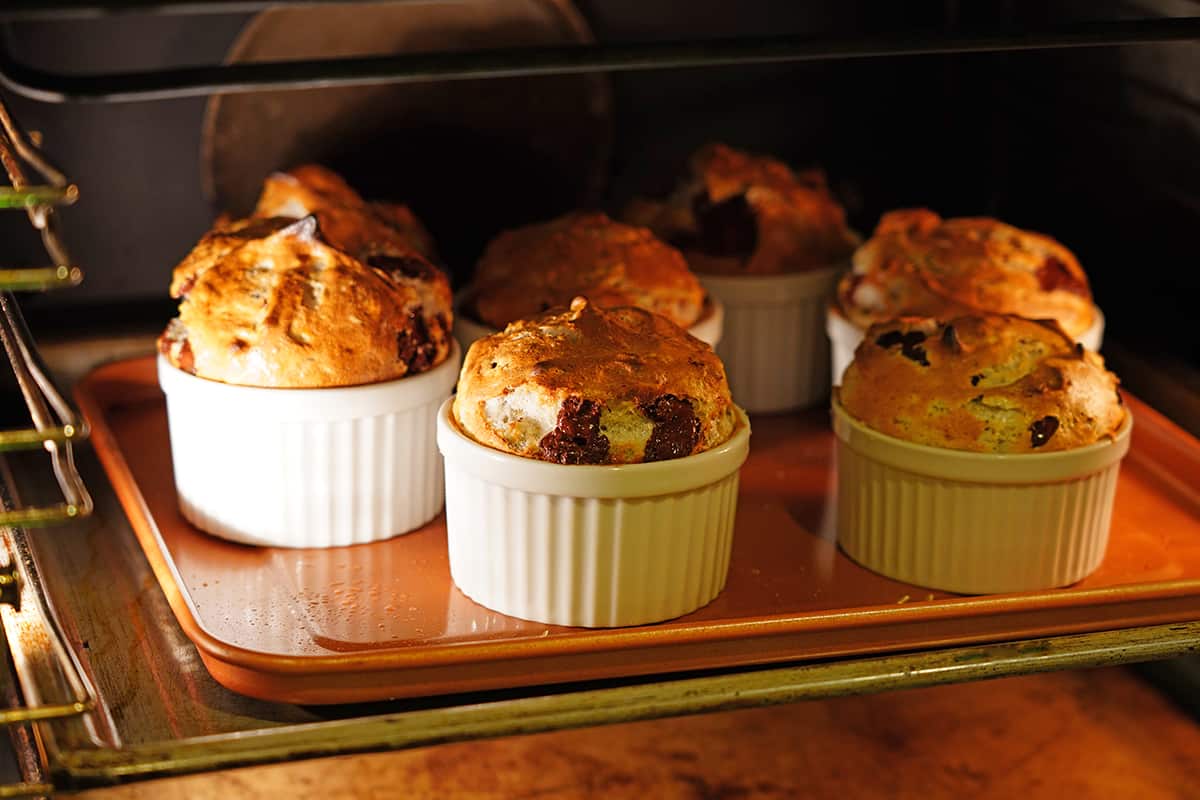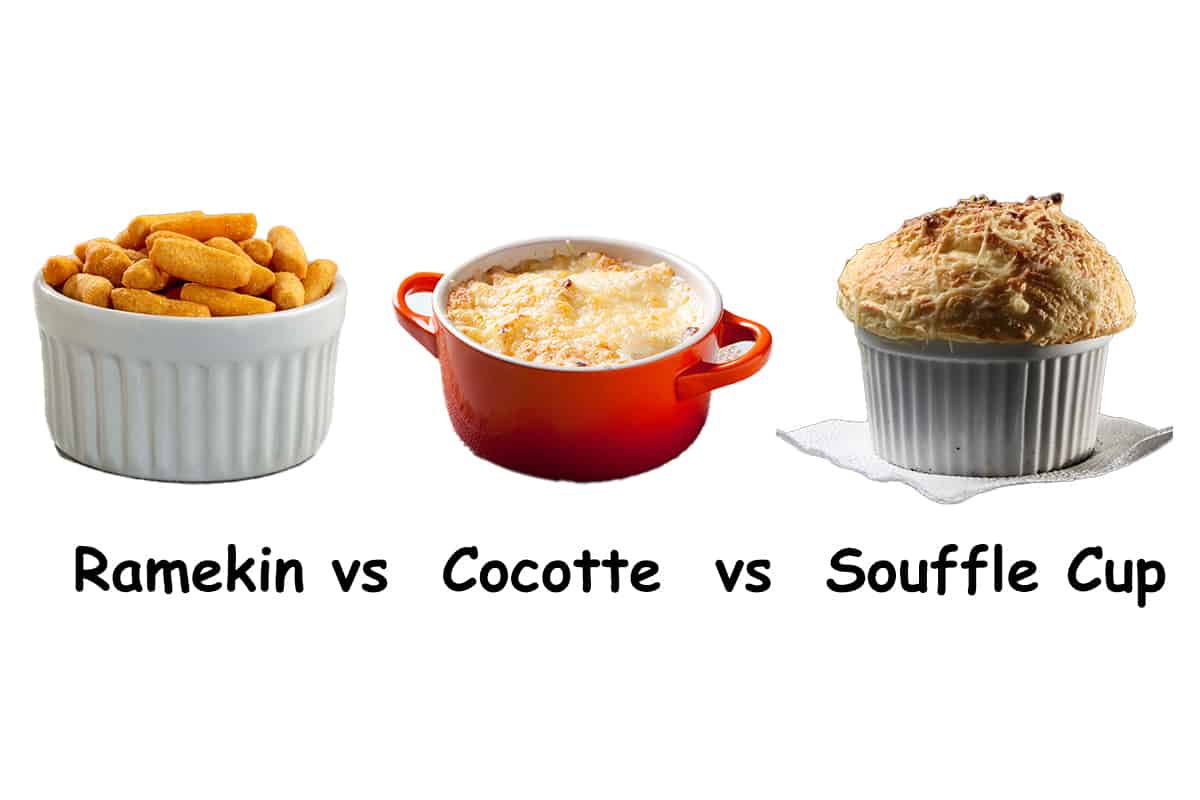There aren’t very many dessert dishes that look more appetizing than a tart. When making a tart, the most important element you have to consider, apart from the ingredients, is the tart pan. For instance, what sizes does a tart pan come in?
The standard tart pan size is 9-1/2 inches in diameter and 3/4 to 2 inches in depth. However, the exact measurements of a tart pan will vary from brand to brand.
What Is a Tart Pan?
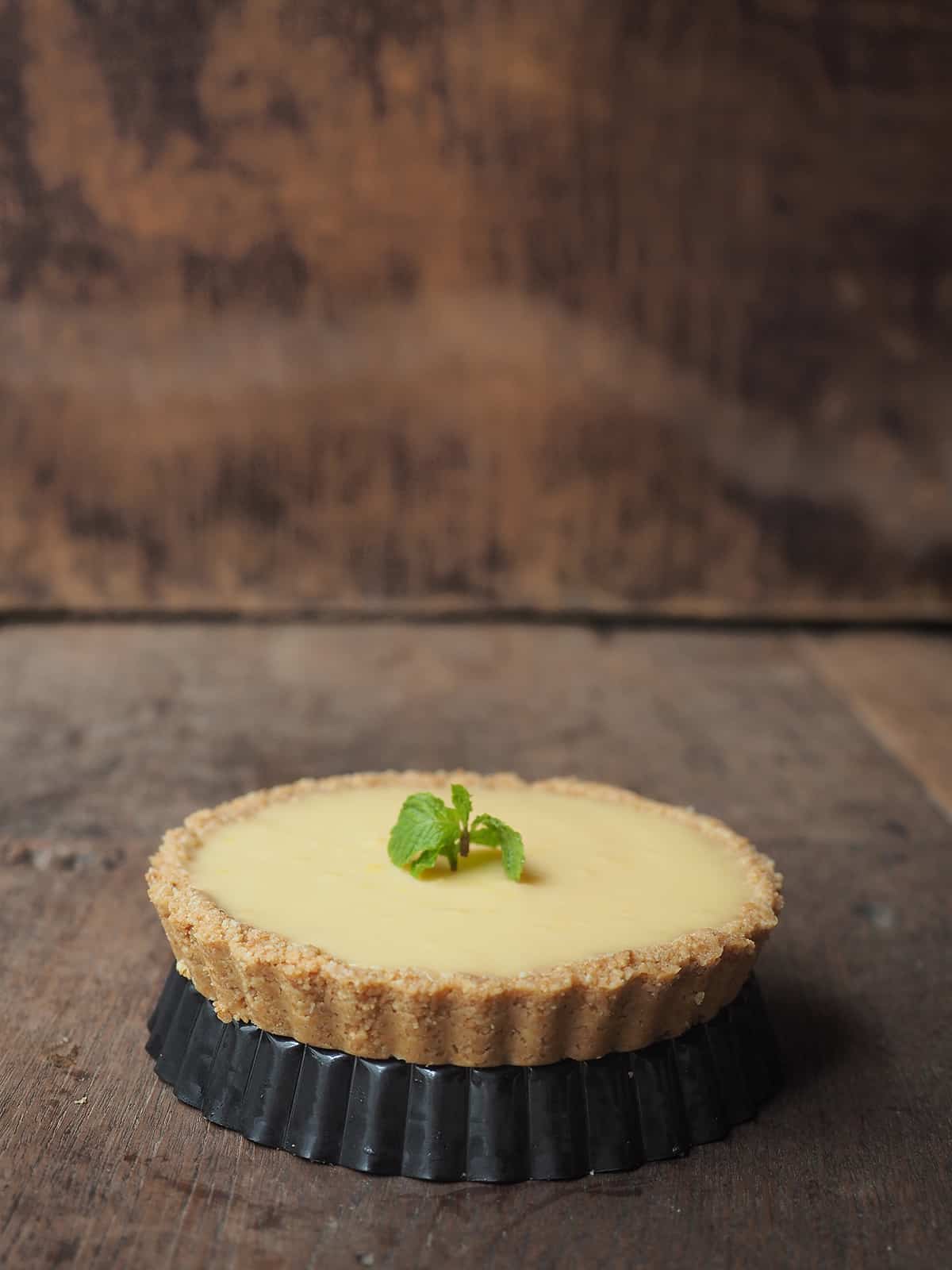
Before we go into the whole discussion about tart pan sizes, it’s important to know what a tart pan is.
A tart pan is a type of baking dish used exclusively to make tarts and quiches. It comes in two pieces—the base and the wall—which you can pull apart after baking the tart. A tart pan will typically have fluted walls, which will boost the overall appearance of your tart without the baker having to manually flute the crust.
The wall portion of a tart pan has a slight lip at the bottom. So, when baking a tart, the wall and base start connected. However, when you want to remove the wall to take the tart out, all you have to do is place the base on top of a can of food. That way, the lip will slip out the bottom, allowing you to portion and serve the tart with minimal damage.
Some tart pans come in a single piece, so you will have to manually fish every tart slice out of the pan as you would a standard pie. So, if you want to make the process of removing and portioning the tart easier, you should opt for a 2-piece tart pan.
Tart Pan Sizes
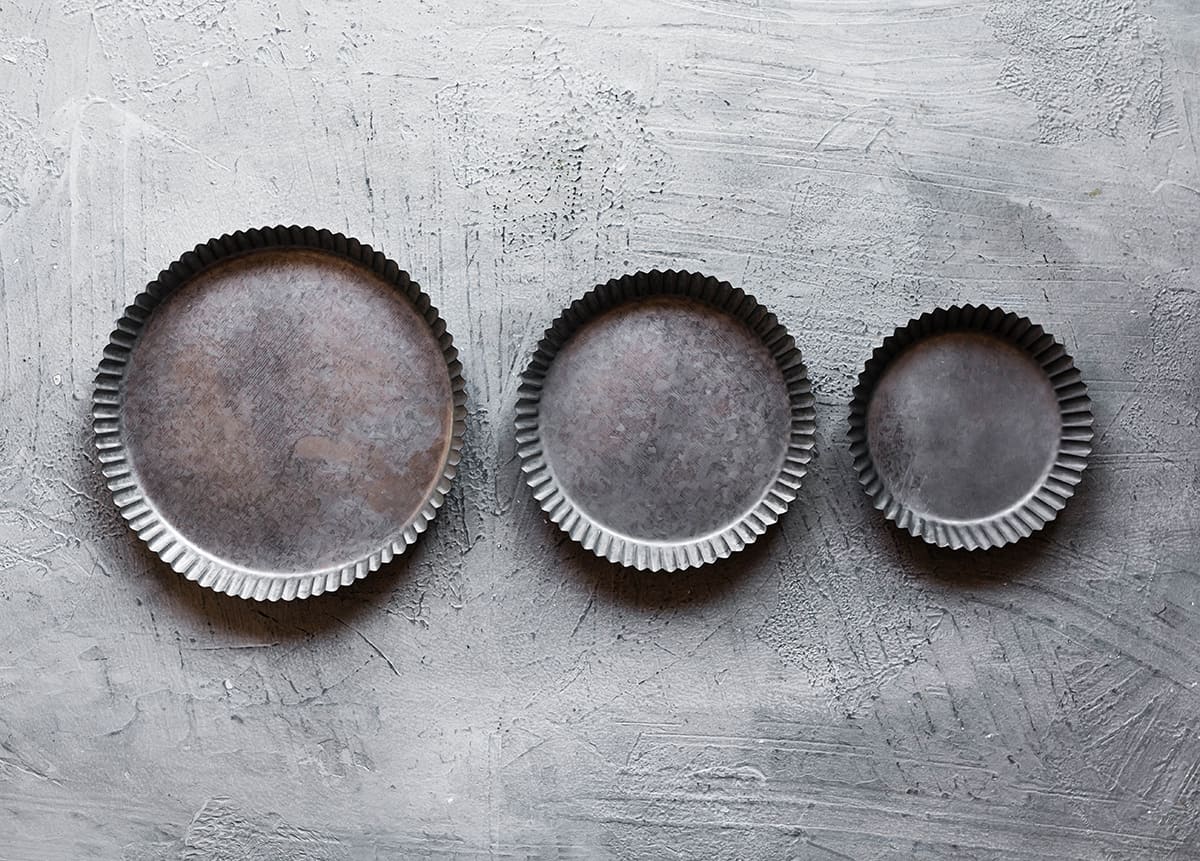
Now that that’s out of the way, we can go over the heart of the matter—tart pan sizes.
As I said previously, tart pans will come in a wide variety of sizes depending on what sizes the manufacturer provides. That said, the standard tart pan will measure 9-1/2 inches across and stand 3/4 to 3 inches tall.
It’s also important to know that you can use a tart pan to make quiches. As such, tart pans are available in different shapes, as well. The following is a brief chart that will detail the typical measurements of a tart pan based on its shape.
| Tart Pan Shape | Tart Pan Dimensions (D × H or L × W × H in inches) |
| Round | 4 × ¾ |
| Round | 5 × ¾ |
| Round | 6 × ¾ |
| Round | 6 × 1 |
| Round | 8 × ¾ |
| Round | 8 × 1 |
| Round | 8 × 1-1/2 |
| Round | 8 × 2 |
| Round | 9 × 1 |
| Round | 9.5 × 1 |
| Round | 9.5 × 2 |
| Round | 10 × 2 |
| Round | 11 × 2 |
| Rectangular | 4 × 6 × ¾ |
| Rectangular | 4.5 × 14 × 1 |
| Rectangular | 5 × 6 × ¾ |
| Rectangular | 5 × 14 × 1 |
| Rectangular | 9 × 13 × 2 |
| Rectangular | 11 × 17 × 2 |
| Rectangular | 12 × 10 × 2 |
The table above only scratches the surface of tart pan sizes. If you search on e-commerce platforms or your local brick-and-mortar restaurant supplies store, you will find tart pans and tins in a plethora of sizes, from individual sizes to sizes made for large families.
Factors to Keep in Mind When Choosing Tart Pans
There are several other factors to keep in mind apart from the size of the tart pan. Those things are as follows.
1 or 2-Piece Pan
As I mentioned previously, tart pans can come as one solid piece or in 2 detachable pieces. It’s easier to unmold a tart with a 2-piece tart pan, but you will have to pay close attention to how well you store it. Due to the thinness of the tart pan’s wall, it can become warped pretty easily with improper storage.
Construction
Tart pans can be made of tempered glass, ceramic, or dark metal. Tempered glass and ceramic tart pans are single-piece tart pans that heat up slowly and retain heat for extended periods. The downside of these types of tart pans is that they may lead to uneven cooking due to their slow heating times and longer heat retention.
Dark-metal tart pans are the more traditional kind of dark pan. They absorb heat quickly and can retain it for a moderate period of time. However, they are not very durable, so make sure you keep them separate from other cookware when not in use.
Nonstick Coating
A nonstick coating eliminates the need to grease the wall and base of the tart pan. However, you should be extremely careful when portioning out the tart directly from the pan since the metal blade of a knife can end up scraping off bits of the Teflon coating. In addition, the Teflon will reduce the overall crispiness of the tart’s crust.
Tart vs. Pie
Some questions you might ask yourself is what is the difference between a tart and a pie and whether or not you can use a pie pan to make a tart?
To answer the first question, a tart is a type of baked dish that has a thin, smooth, crumbly crust. Tarts traditionally don’t come with a top layer of crust, exposing the tart filling.
On the other hand, pies are baked dishes that normally have thick, flaky crusts. The pie usually has a crust on top, though depending on how you prepare the top crust, you can also leave the filling as exposed as you’d like.
Now, as for whether or not you can use a pie pan to make a tart, it’s possible, but it’s not recommended. One thing that separates tarts from regular pies is the presentation of their crusts.
Since you can push the crumbly dough into the nooks and crannies of a fluted tart pan, the crust will come out in a fluted shape. That said, you can certainly use a pie pan to make a tart, but it won’t come out as pretty as you might have hoped.
Conversely, you can make a pie in a tart pan. However, you will have to pay close attention to how much overlap there is between the wall of the tart pan and the top layer of crust. If the dough bakes on top or on the outer wall of the tart pan, removing the wall from the base can be a challenge. Also, due to the fluted shape of the pan, your pie’s crust may come out slightly overcooked instead of flaky.
